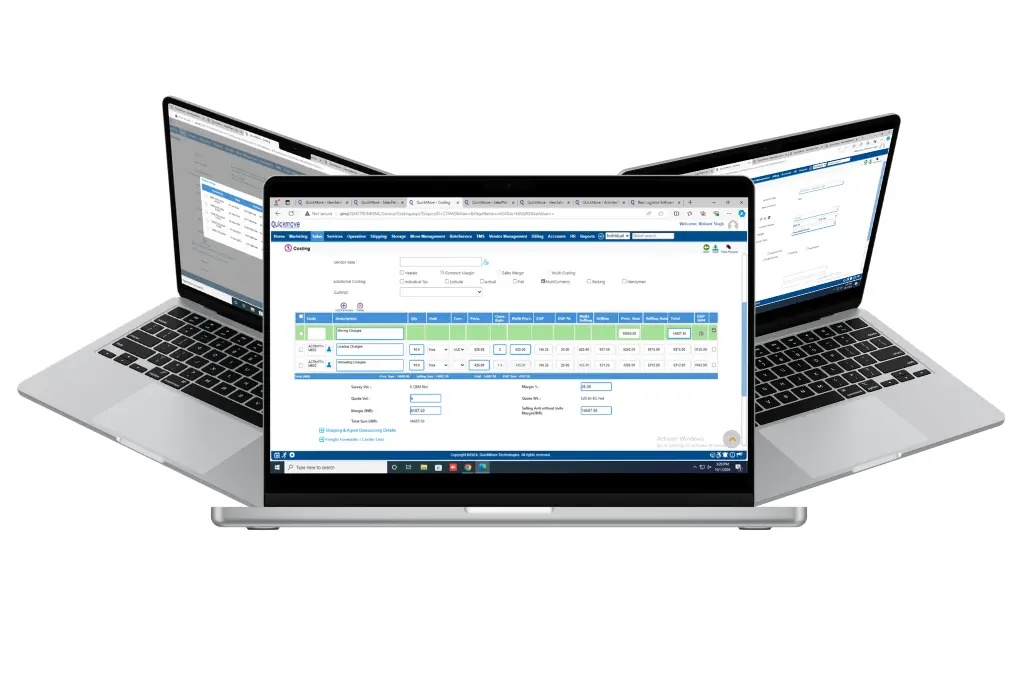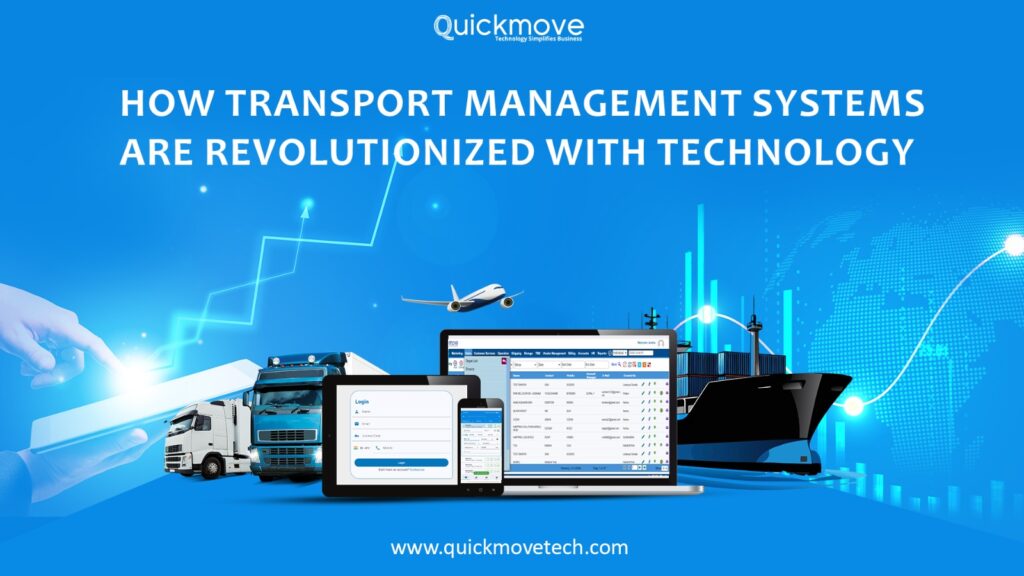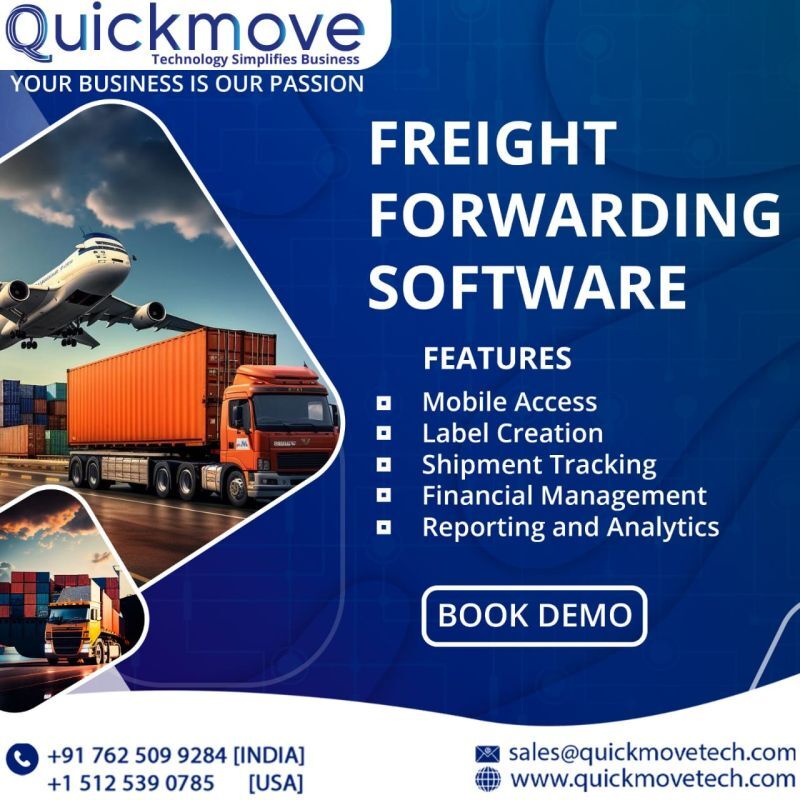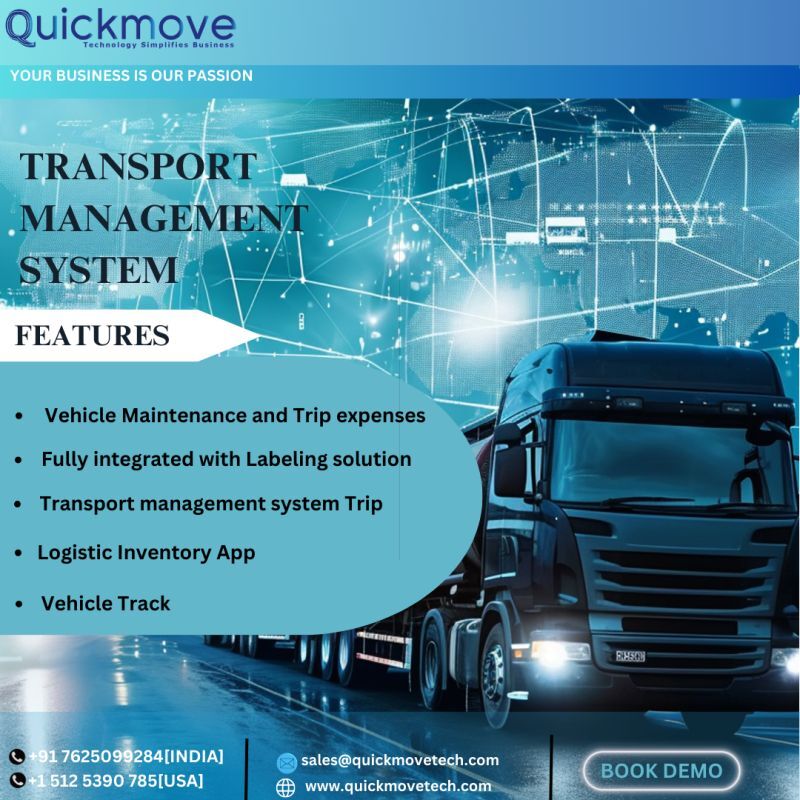The supply chain and logistics sector has also experienced its own digital revolution in recent times, and it is all about the transport management system (TMS).
In the past, TMS systems were basic applications that were designed to track shipments and manage freight charges. Now, state-of-the-art TMS technologies are powered by next-generation technologies such as artificial intelligence, real-time data analytics, cloud computing, and IoT connectivity, which make them quicker, smarter, and more efficient than ever before.
The Role of a Transport Management System
A transport management system is an application of software used to plan, execute, and optimize the transportation of goods. A transport management system provides visibility into transportation operations on a day-to-day basis, automates logistics activities, and facilitates on-time delivery of shipments. As supply chains become more sophisticated worldwide, TMS has become an essential tool to enhance delivery performance, lower costs, and drive customer satisfaction.
Modern Trends Impacting Transport Management Systems
Below are some of the modern and most fascinating and effective trends shaping the face of TMS today:
1.Artificial Intelligence and Machine Learning Integration
Machine learning (ML) and artificial intelligence (AI) are being incorporated into TMS solutions to provide intelligent route optimization, demand forecasting, and carrier selection. They can learn from experience to recommend best-in-class shipping strategies, alter routes based on traffic conditions automatically, and even predict possible delays.
2. Real-Time Shipment Visibility
TMS technology delivers cutting-edge end-to-end real-time visibility of shipments with IoT sensors and GPS. Logistics managers have the ability to see the status, temperature, humidity, and other product information while the products are en route. Real-time notification also makes it simple to identify and rectify interruptions in real time, thereby enhancing the service uptime.
3. Cloud-Based TMS Solutions
Cloud-based transport management systems have cost benefits, scalability, and flexibility. Businesses can install the system wherever they have operations, miss the infrastructure expense, and enjoy automated updates and improved data security.
4. Other Systems Integration
TMS software today is not an isolated package. They are interfaced with enterprise resource planning (ERP), warehouse management system (WMS), and customer relationship management (CRM) software. They are interfaced so that data may be shared between the departments in an attempt to facilitate informed decision-making and integration.
5. Green Logistics and Sustainability
With more emphasis on lowering carbon, TMS solutions are helping companies with their tracking and minimizing their footprint. Tracking fuel use, carbon reporting, and optimizing routes environmentally are all incorporated in high-end systems today.
6. Mobility
Mobile apps and responsive user interfaces enable drivers and logistics managers to access the TMS from anywhere, making it simpler to use. This allows for improved communication, improved driver compliance, and faster decision-making in the field.
Challenges in Implementing Advanced TMS Technologies
Although these technology improvements are changing logistics companies’ mode of operations, implementing an advanced transport management system is not challenge-free:
1High Initial Investment
High-end TMS solutions with support for AI, IoT, and cloud technology can be prohibitively costly to purchase directly. Small and medium businesses may not be able to afford the cost even if the ROI is worthwhile in the future.
2. Integration Complexity
Implementing a TMS over legacy systems is complicated and takes time. Ineffective integration leads to the phenomenon of data silos and compromises the workflow.
3. Data Security Concerns
Through cloud-based and IoT-enabled systems, data security takes precedence.
There should be adequate assurance that companies’ TMS provider complies with industry levels of security standards and maintains sensitive information.
4. Change Management
Worker training in embracing new technology and procedures can be an impediment. Disdain for change or insufficient computer skills can cause delayed adoption and limit the productivity of the system.
With increasing global trade and increasing customer expectations, the worth of a good, technology-based transport management system cannot be overemphasized. By innovation, businesses are able to move their logistics operations from reactive to proactive, gaining an advantage in an increasingly rapid business environment.
For businesses to compete, they have to evaluate what they currently possess in terms of TMS and consider the upgrade to solutions using new technologies. Though the process can be difficult, the long-term gains—cost savings, operating efficiency, and enhanced customer satisfaction—make it well worth the effort.
 Email Us
Email Us

 Freight Forwarding Software
Freight Forwarding Software Moving/Removal Software
Moving/Removal Software Warehouse Management System
Warehouse Management System Transport Management System
Transport Management System Customer Service Portal
Customer Service Portal Move Survey Quote Pro
Move Survey Quote Pro Digital Logistics Inventory App
Digital Logistics Inventory App

